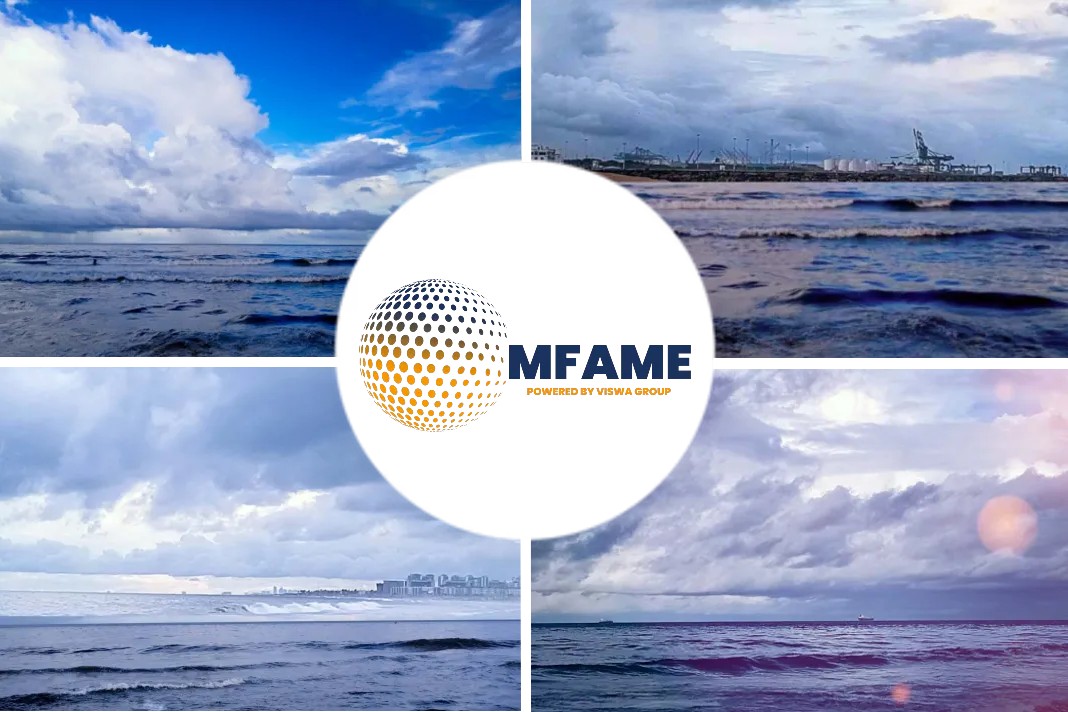- Singapore’s Energy Market Authority (EMA) yesterday published a report setting out three decarbonisation scenarios for the country’s power sector in its journey to net-zero emissions.
- EMA’s report, titled Charting the Energy Transition to 2050, studies the challenges and geopolitical uncertainties Singapore might face in its attempt to reduce power sector emissions and provides strategic recommendations.
- In the first “clean energy renaissance” scenario, countries work together to fight climate change, and energy and digital technologies develop rapidly.
Singapore’s Energy Market Authority published a report setting out three decarbonisation scenarios and other solutions and suggestions for decarbonisation. As stated by Argus media in their recent article.
Publishing the decarbonisation scenarios
Singapore’s Energy Market Authority (EMA) yesterday published a report setting out three decarbonisation scenarios for the country’s power sector in its journey to net-zero emissions.
Singapore last month brought forward its net-zero emissions target to around mid-century, indicating its commitment towards an efficient energy transition. Its power sector alone contributes about 39pc of total primary emissions, according to the National Climate Change Secretariat (NCCS) of Singapore.
EMA’s report, titled Charting the Energy Transition to 2050, studies the challenges and geopolitical uncertainties Singapore might face in its attempt to reduce power sector emissions and provides strategic recommendations.
“The power sector accounts for a sizeable share of Singapore’s overall emissions, and decarbonising it will also help other major sectors, such as transport and some heavy industries, become more sustainable through electrification,” said the chairman of the Energy 2050 Committee, Choi Shing Kwok.
The three scenarios of decarbonisation
In the first “clean energy renaissance” scenario, countries work together to fight climate change, and energy and digital technologies develop rapidly. Singapore achieves a diversified energy supply by 2050 through electricity imports, cross-border solutions such as renewable energy certificates, developing more hydrogen-ready infrastructure to make hydrogen more cost-competitive, and adding geothermal and solar energy to its domestic renewable energy portfolio.
In the “climate action bloc” scenario, countries are thwarted by prolonged recovery from the Covid-19 pandemic. Singapore has to rely heavily on electricity imports, which make up about 60pc of its energy mix, and the development of a more resilient electricity grid. Hydrogen remains very costly, but carbon credits are an option if countries collaborate to set up a functional carbon market.
In the final “emergent technology trailblazer” scenario, businesses and governments are greatly affected by a protracted Covid-19 pandemic, with climate change placed on the back burner. Under this scenario, a hydrogen supply chain may eventually be developed by the late 2030s. Electricity imports play a much smaller role, contributing about 25pc of the energy mix, because of the slow development of regional grids. Low-carbon alternatives such as nuclear energy start to be explored, as Singapore is in the position to scale up in this aspect once it becomes more commercially competitive.
Navigating uncertainties
The different scenarios indicate that transformational changes are needed in the supply, grid and demand components of Singapore’s energy landscape to achieve net-zero emissions for the power sector by 2050, the report stated.
One of the strategies it posits is to develop a diversified portfolio of electricity import partnerships to ensure supply security. Accelerating the development of regional grids is important to promote commercial power trading. Singapore currently already intends to import up to 4GW, or 30pc, of its electricity from low-carbon sources.
Backup supplies could also come in the form of fast-response technologies, such as battery storage systems, and long-term solutions, such as open-cycle gas turbines, which could tide the system over prolonged outages.
“Low-carbon hydrogen will also be key to decarbonising the Singapore power sector as it can potentially play a major role in the future supply mix,” said the report. Hydrogen infrastructure should be developed early so that the switch to hydrogen can quickly be made once it becomes viable.
Singapore is already studying the use of hydrogen as aviation fuel and for ground operations at its Changi Airport with aircraft manufacturer Airbus and industrial gas firm Linde.
Presenting solutions and suggestions
Carbon markets also present a solution. “If global carbon credit markets develop before 2050, they can provide an avenue for Singapore to address hard-to-abate emissions in a cost-effective manner,” stated the report.
Singapore has been gearing up to participate in carbon markets. It recently announced it would raise its carbon tax to S$25/t ($18.44/t) in 2024-25 and then S$45/t in 2026-27 from the current rate of S$5/t.
The report also suggests carbon capture, utilisation and storage (CCUS) as a solution. “CCUS could allow Singapore to continue using natural gas to diversify its supply mix and soften the impact of any shortage in low-carbon hydrogen supplies — without compromising its climate change commitments,” it stated. Refiners in the country, such as ExxonMobil, are already looking into low-carbon solutions like CCS, often in collaboration with other firms in the region.
Did you subscribe to our daily Newsletter?
It’s Free! Click here to Subscribe
Source: Argus media























